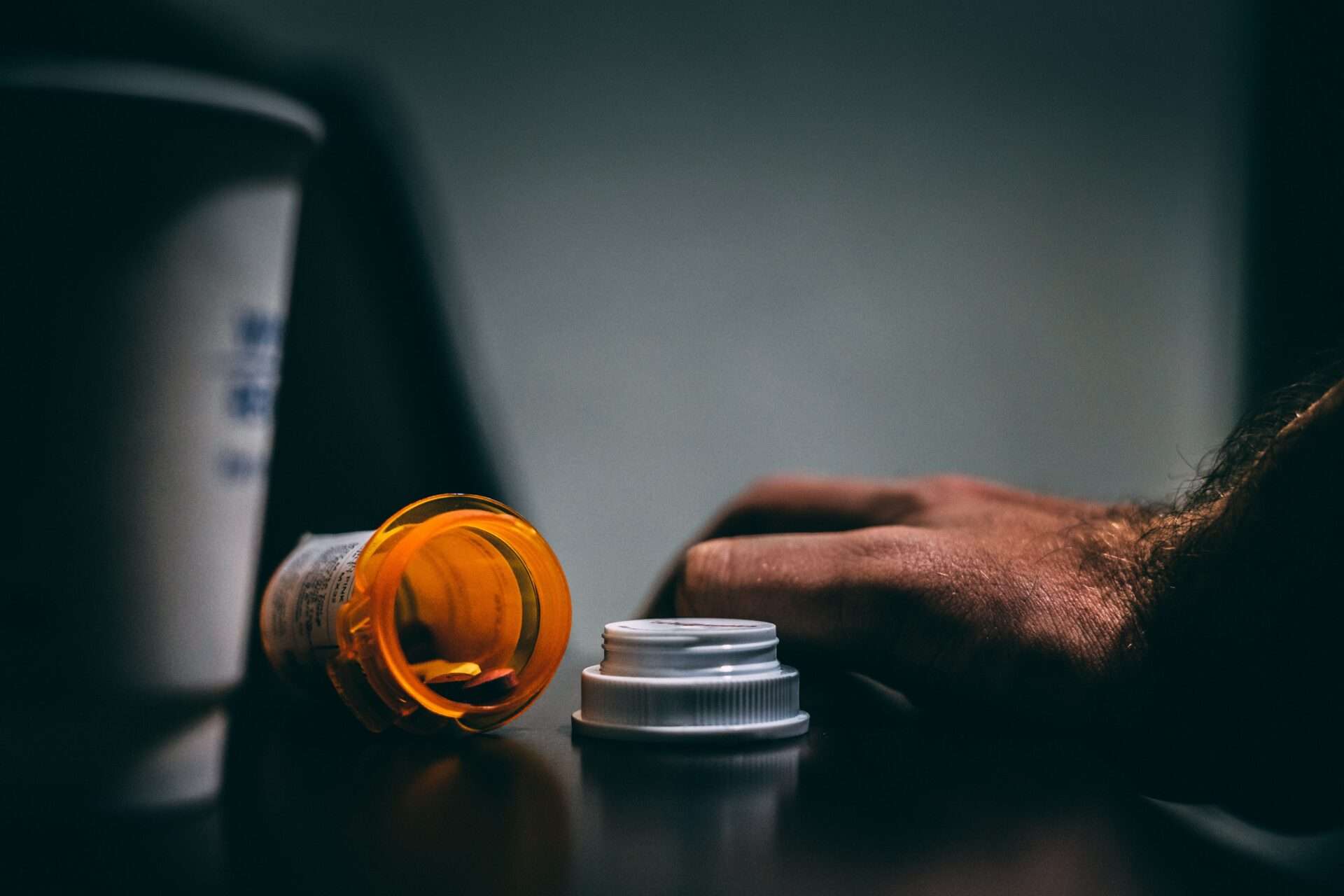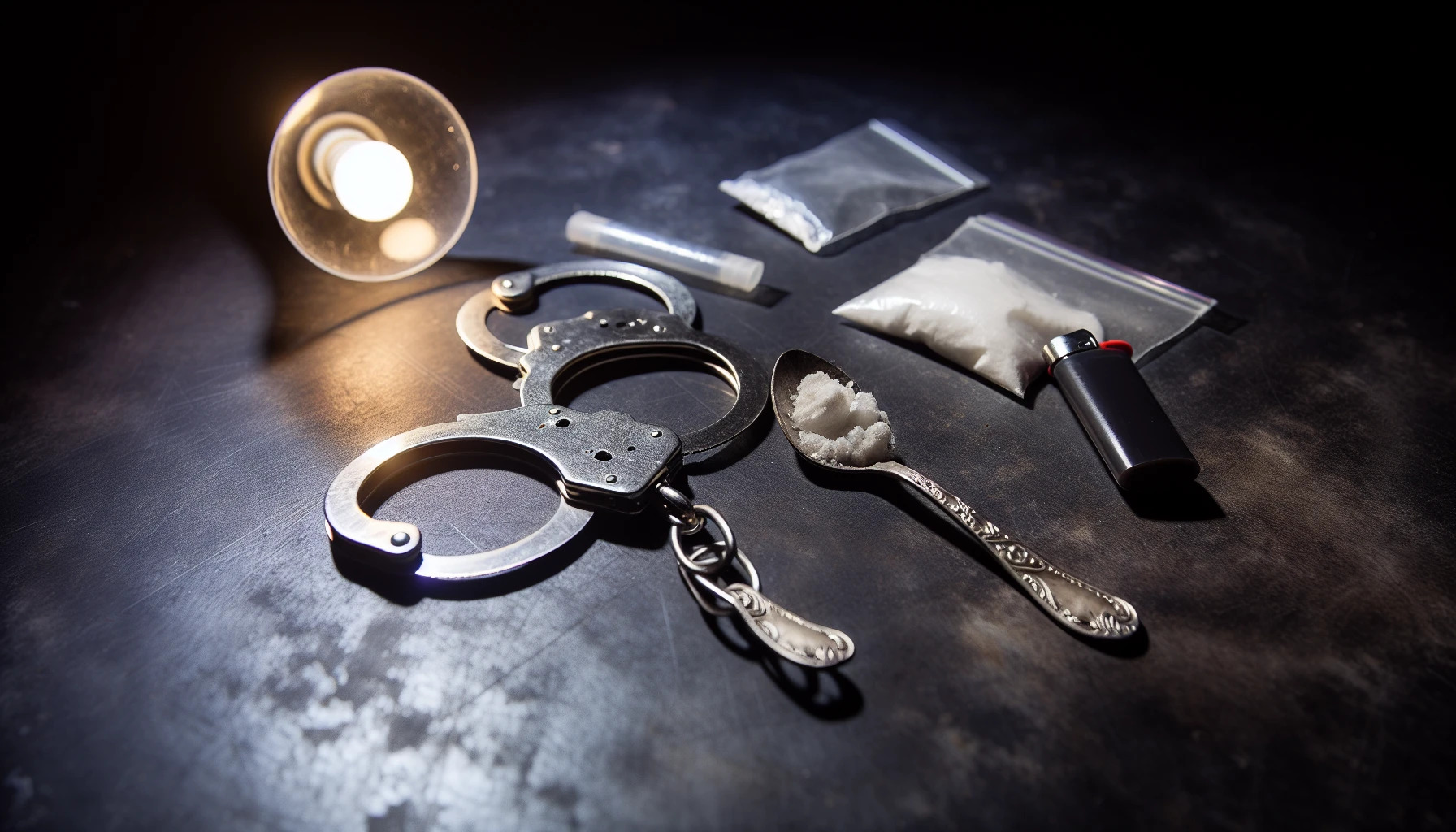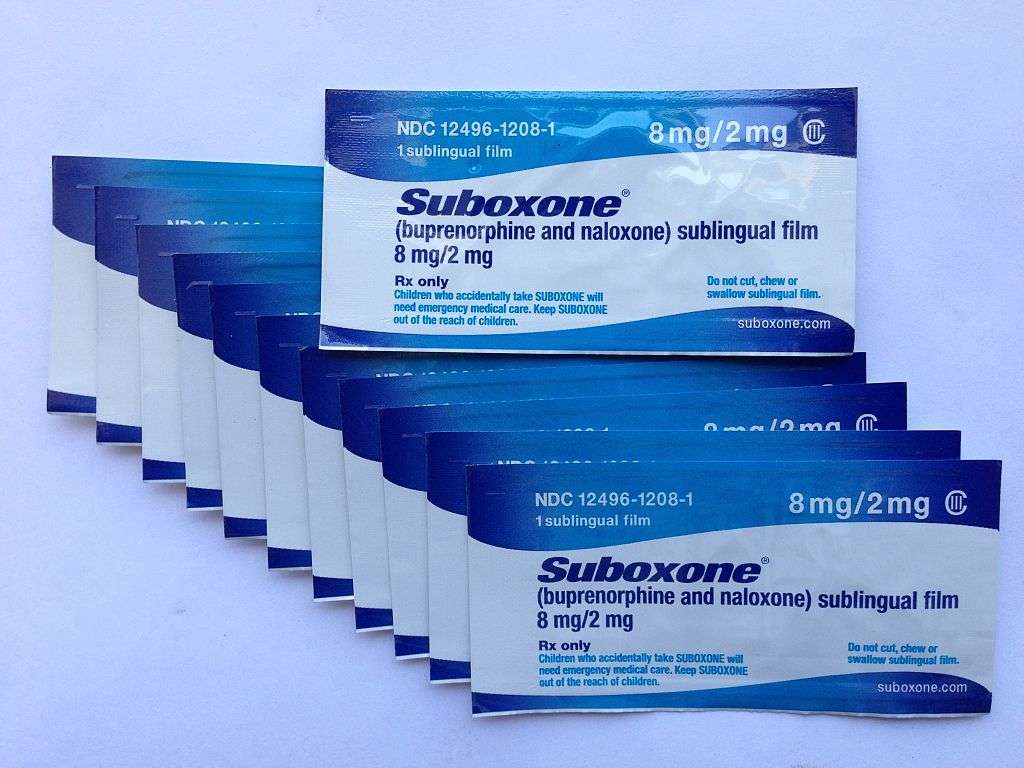

Suboxone is a medication widely used in the treatment of opioid addiction. Suboxone, a combination of buprenorphine and naloxone, supports people on their path to recovery by helping them control cravings and withdrawal symptoms.
This article will provide you with valuable insights into how to taper off Suboxone safely and effectively, ensuring a smooth transition towards a drug-free life.
Tapering off Suboxone
Suboxone can be tapered off by gradually lowering the dosage over time. The main goal is to achieve sustainable recovery while minimizing the discomfort that could result from withdrawal symptoms. This gradual process enables the body to become accustomed to lowering medication levels, making the transition easier.
Opioid withdrawal symptoms can be severe and difficult. By gradually tapering the dosage, your body has time to adjust to lower levels of Suboxone, reducing the severity of withdrawal symptoms.
Reasons Individuals Wish to Taper off Suboxone
There are various reasons why many people wish to taper or discontinue buprenorphine, such as stigma, cost, time, or the belief that therapy that is not abstinence-based is ineffective. [1]
Other reasons include: pregnancy and lactation; urgent or elective surgery; difficult-to-manage buprenorphine side effects; patients exhibiting signs of ongoing addiction or substance abuse; completion of a rehabilitation program without further cravings; a stable emotional state; the ability to manage stress, depression, and anxiety without craving drugs; and changes in lifestyle and behavior that suggest the ability to maintain long-term recovery without buprenorphine [2]
Before beginning the tapering journey, take into account your emotional and mental preparedness. Important things to consider include having a strong support network, a positive outlook, and stability in your recovery. Suboxone tapering involves more than just physical preparation; it also calls for mental readiness.
In order to successfully taper off Suboxone, one must be willing to face challenges, have the strength to seek support when it is required, and be committed to remaining drug-free. Assess your current mental state and ensure that you are prepared to deal with the emotional aspects of tapering.
Tapering Suboxone Safely
The best way to taper off Suboxone safely is with the advice of a medical expert. There are several ways to taper off suboxone, depending on the needs and preferences of the individual.
In a study that examined the first-hand experiences of individuals tapering themselves off of Suboxone, it was discovered that a longer buprenorphine taper schedule was associated with greater levels of success. [1]
On the other hand, according to the results of a clinical trial that the National Institute on Drug Abuse (NIDA) supported, patients who successfully completed a 7-day Suboxone detox had a higher chance of being opioid-free at the end of the Suboxone taper than patients who were on a 28-day regimen. However, compared to those who underwent the 28-day Suboxone wean, those who underwent the 7-day Suboxone wean reported more severe withdrawal symptoms at the one-month follow-up point. [3]
Some evidence suggests that Suboxone taper plans can be effective, with some patients benefiting from shorter schedules and others requiring a longer, slower taper. It is crucial to consult with a physician about the optimal tapering plan to find a Suboxone tapering strategy that keeps you comfortable and prevents relapse
Medically Supervised Suboxone Taper
Throughout the tapering process, a medical professional must be involved. Addiction specialists can keep track of your progress, modify your plan as needed, and offer support and guidance. Without a doctor’s supervision, attempting to taper off of Suboxone increases the risk of relapse and severe withdrawal symptoms.
The expertise and experience of medical professionals enhance the tapering process. Based on your body’s response, they can adjust your dosage with precision and make sure that your general health is maintained throughout the procedure.
The Importance of a Suboxone Tapering Schedule
Each taper plan must be personalized and based on the patient’s history, goals, and objectives. [4] Collaborate with a medical professional experienced in addiction medicine to develop a personalized plan tailored to your individual needs. This plan will outline the reduction in Suboxone dosage, the timeline, and any adjustments based on your progress.
A personalized tapering plan takes into account your history of opioid use, your overall health, and your specific circumstances. The gradual reduction of Suboxone dosage must be carefully planned to ensure that your body adjusts without triggering severe withdrawal symptoms or cravings.


Managing Withdrawal Symptoms
As your body becomes accustomed to the lower doses of Suboxone, withdrawal symptoms may appear as you taper off Suboxone. You’ll likely experience various symptoms, such as:
Early symptoms of withdrawal include:[5]
- Agitation
- Anxiety
- Muscle aches
- Increased tearing
- Insomnia
- Runny nose
- Sweating
- Yawning
Late symptoms of withdrawal include:
- Abdominal cramping
- Diarrhea
- Dilated pupils
- Goosebumps
- Nausea
- Vomiting
Prolonged symptoms include:[6]
- Irritability, fatigue
- Bradycardia
- Decreased body temperature
- Craving
- Insomnia
Your medical provider can suggest strategies for minimizing suboxone withdrawal symptoms, which include:
Staying hydrated by drinking plenty of water, eating regularly, and choosing healthy meals, staying active with moderate exercise, including walking, stretching, and deep-breathing exercises; using relaxation techniques, which can include breathing exercises, music therapy, guided imagery, meditation, and reading; keeping a positive outlook; surrounding yourself with people to keep your mood positive; and not substituting alcohol or other substances to help with tapering down. [7]
Suboxone withdrawal symptoms can be uncomfortable, but they are a sign that your body is readjusting to functioning without the medication. Engage in activities that promote overall well-being, such as light exercise, meditation, and staying hydrated, to help alleviate some of these symptoms.
Emotional Support During Suboxone Taper


It is absolutely necessary for patients to receive psychosocial support in tapering for anxiety during the process. [8]
Throughout your Subxone tapering off journey, you should rely on your support system. Friends, family, support groups, and therapy can provide emotional encouragement, understanding, and accountability. Making the tapering process less isolating involves communicating your progress and difficulties to those who are concerned about your wellbeing.
During the tapering process, your support network serves as a safety net. They can help you stay on track by providing insights, counsel, and encouragement. When you need help the most, do not be afraid to express your needs and ask for it.
Final thoughts on Successfully Tapering off Suboxone
Tapering off Suboxone is a significant step towards reclaiming your life from opioid addiction. Remember, seeking professional guidance, developing a personalized tapering plan, and relying on your support system are essential components of a successful tapering journey. By prioritizing your well-being and making informed decisions, you can pave the way for a clean, brighter future. Your commitment to tapering off Suboxone is an investment in your long-term health and happiness.
Interested in learning more? Read more related articles: Suboxone and Sleepiness
If you are having trouble with opioid use disorder and need help, the National Addiction Specialists is here to help. You can chat with a doctor from the comfort of your own home using your phone, tablet, or computer. You’ll get a personalized treatment plan and keep getting care through telemedicine until you’re fully better.
You can take steps to overcome your opioid addiction by getting in touch with us. Make an appointment right away!
Sources
- Graves, R. L., Sarker, A., Al-Garadi, M. A., Yang, Y. C., Love, J. S., O’Connor, K., Gonzalez-Hernandez, G., & Perrone, J. (2019, December 11). Effective buprenorphine use and tapering strategies: Endorsements and insights by people in recovery from opioid use disorder on a Reddit forum. bioRxiv. https://doi.org/10.1101/871608
- https://med.unr.edu/Documents/med/statewide/echo/clinics/mediation-assisted-therapy/2018/Tapering%20off%20Buprenorphine.pdf
- Ling, W., Hillhouse, M., Domier, C., Doraimani, G., Hunter, J., Thomas, C., Jenkins, J., Hasson, A., Annon, J., Saxon, A., Selzer, J., Boverman, J., & Bilangi, R. (n.d.). Buprenorphine tapering schedule and illicit opioid use. PubMed Central (PMC). https://doi.org/10.1111/j.1360-0443.2008.02455.x
- https://www.oregon.gov/obnm/Documents/Oregon%20Opioid%20Tappering%20Guidelines.pdf
- Opiate and opioid withdrawal: MedlinePlus Medical Encyclopedia. (n.d.). Opiate and Opioid Withdrawal: MedlinePlus Medical Encyclopedia. https://medlineplus.gov/ency/article/000949.htm
- https://www.pbm.va.gov/AcademicDetailingService/Documents/Pain_Opioid_Taper_Tool_IB_10_939_P96820.pdf
- A Patient’s Guide to Opioid Tapering. (2023, June 26). Hospital for Special Surgery. https://www.hss.edu/conditions_patient-guide-opioid-tapering.asp
- https://www.cdc.gov/drugoverdose/pdf/Assessing_Benefits_Harms_of_Opioid_Therapy-a.pdf













